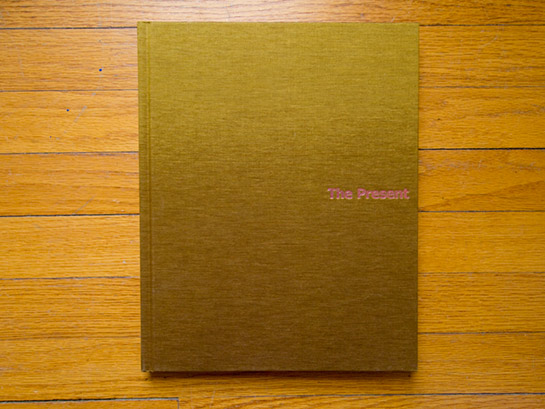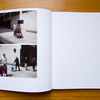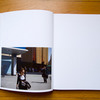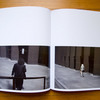Review: The Present by Paul Graham
MORE IMAGES
It is as if life on the street was a gigantic card game where the cards are constantly and slowly shuffled while the game is going on.

I suspect that the reasons why I am not very interested in street photography at all and why Paul Graham worked on what has now been published as The Present might be not so dissimilar. Sure, it’s fun to see a photograph of the moment when the fat lady looked at the skinny statue (or the other way around). If you feel particularly frisky you can now look for those moments without even leaving the comfort of your home, using Google’s Street View. But at the end of the day, you’re reducing what can be an amazing experience - life in the street, the hustle and bustle of the world - to a bunch of snapshots. I suppose that’s fine, but I personally don’t need to see any more of it. If I want street photography, I take a walk, and I look. (more)
The Present goes about street photography in a different way. In a nutshell, Graham uses the tropes of the genre to subvert it. That short moment street photography is centered on loses its relevance by being placed alongside another short moment, right there, occasionally even yet another short moment. Just like in real life, the focus might shift - from one person to the next, from one configuration of people to another one. Groups form, groups dissolve. It is as if life on the street was a gigantic card game where the cards are constantly and slowly shuffled while the game is going on.
For the most part, the book uses such pairs of images, which sometimes the viewer gets to see side by side, sometimes s/he gets to see one first and then the other. This is an interesting variant of street photography, the next (logical) step if you will. However, I’m still left wanting. It is as if Graham did not want to stray too far from street photography (if you look carefully, a friend of mine - who knows the history of street photography better than I do - pointed out, you can see many well-known locations in the book). I feel the idea of putting moments next to each other could have been taken a bit further - there are some examples where the artist does that, using three images, and those seem to offer me much more.
I caught myself treating many of the pairs like the puzzles I remember from trying to solve as a child in a TV magazine my mother used to buy: You’d get a picture plus a variant of the picture next to it, with some parts missing. The puzzle was to find the missing parts. In the case of The Present I found myself treating the pairs of images pretty much like such a puzzle, trying to identify the characters in both images, to see where they had moved etc.
I also think the presentation of the book could have been simplified. The book relies on all kinds of ways to present you the images, with pairs of images on top of each other, next to each other, on different pages, or using gatefolds. This is all very fine, but for me, the different gatefolds and tricks end up feeling a bit gimmicky. I do think the design ends up overpowering the images a little bit. The images don’t need all that trickery.
But maybe I’m just nitpicking. What I do like about The Present is that it tries to evolve street photography, if not dissolve it, by showing that moving sideways might be fun, but moving forward has more to offer. There are quite a few beautiful images in the book (some reminding me a little bit of Philip-Lorca diCorcia’s work), especially where the game (spot the difference, look how this changes when I use a different camera focus) recedes. For those, I will happily return the book, because they retain traces of the life they were taken from.
The Present, photographs by Paul Graham, 114 pages, Mack, 2012
(see my video presentation of the book here)








